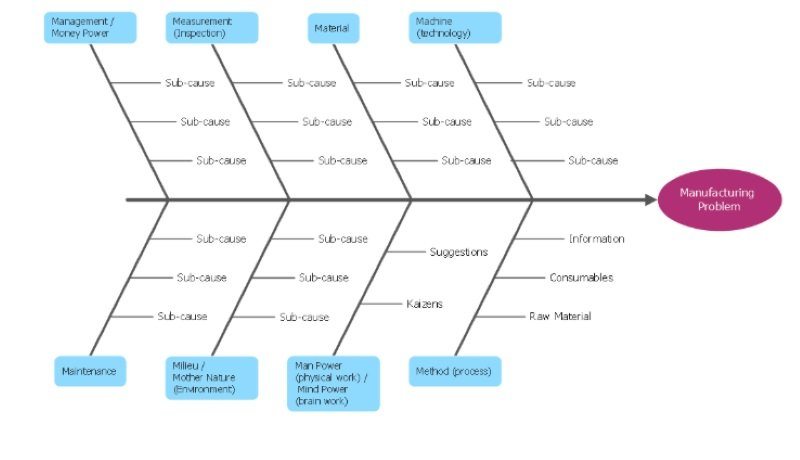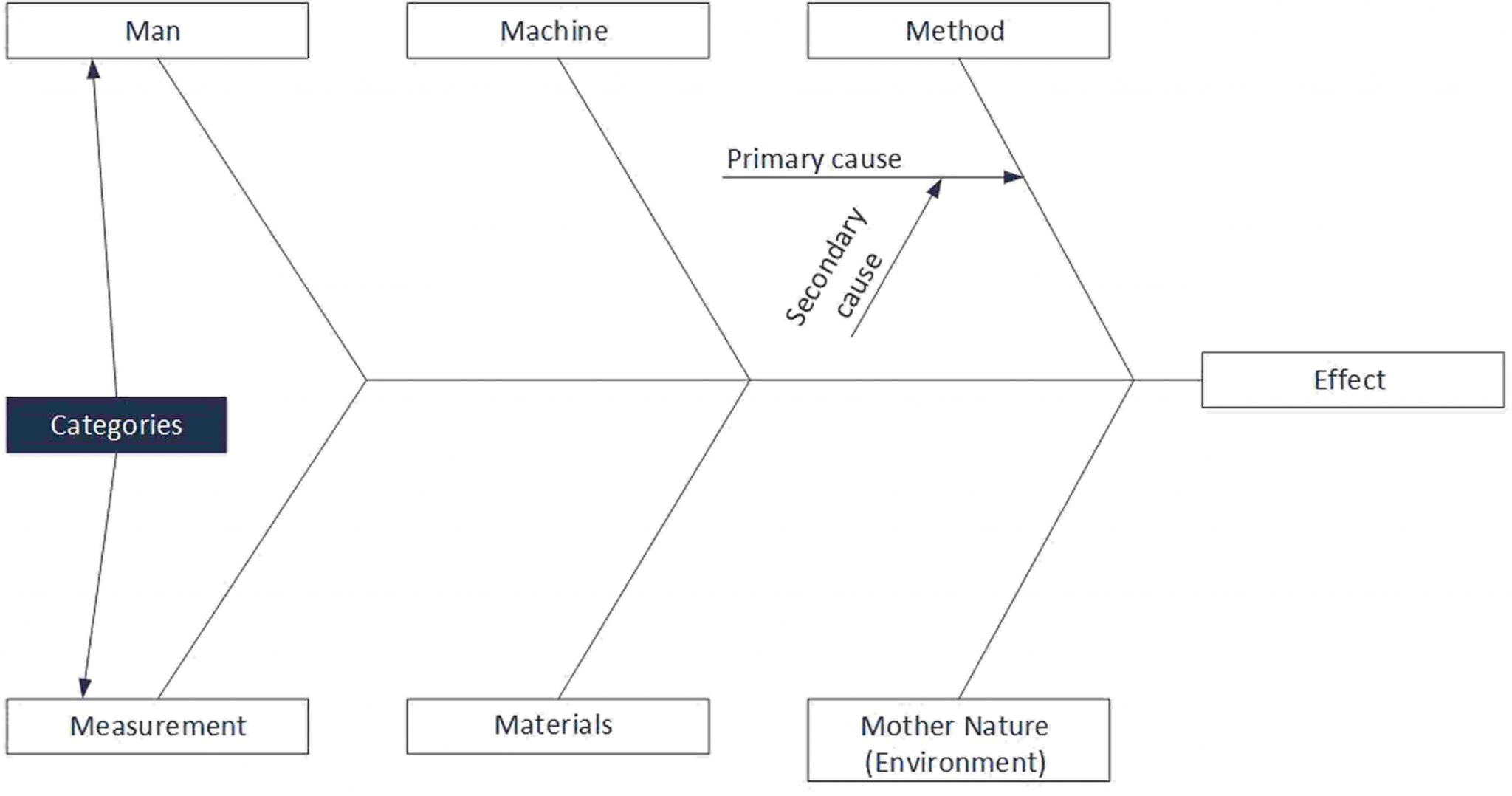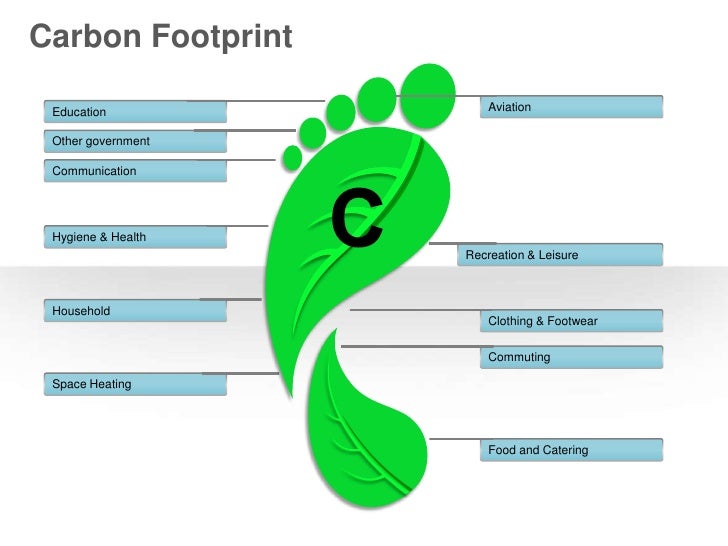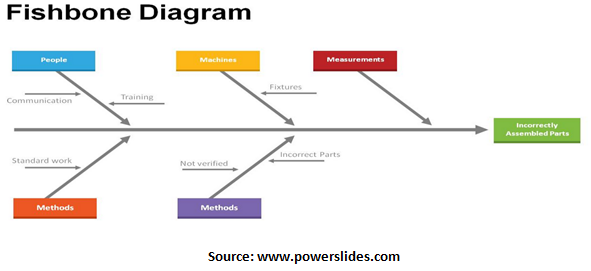/IshikawaDiagram2-386e9108096f4149b67cb5a803c45dd0.png)


Ishikawa Diagram Example
Typically, the Ishikawa diagram is used to determine factors that could potentially lead to a major, overall effect, particularly in quality defect prevention and product design processes. As mentioned above, the causes are grouped into key categories so as to be able to recognize sources and causes for any variations.


'Ishikawa diagrams (also called fishbone diagrams, herringbone diagrams, cause-and-effect diagrams, or Fishikawa) are causal diagrams created by Kaoru Ishikawa (1968) that show the causes of a specific event. Common uses of the Ishikawa diagram are product design and quality defect prevention to identify potential factors causing an overall effect. Each cause or reason for imperfection is a source of variation. Causes are usually grouped into major categories to identify these sources of variation. The categories typically include
- People: Anyone involved with the process
- Methods: How the process is performed and the specific requirements for doing it, such as policies, procedures, rules, regulations and laws
- Machines: Any equipment, computers, tools, etc. required to accomplish the job
- Materials: Raw materials, parts, pens, paper, etc. used to produce the final product
- Measurements: Data generated from the process that are used to evaluate its quality
- Environment: The conditions, such as location, time, temperature, and culture in which the process operates' [Ishikawa diagram. Wikipedia]
The example 'Ishikawa fishbone diagram' was created using the ConceptDraw PRO software extended with the Seven Basic Tools of Quality solution from the Quality area of ConceptDraw Solution Park.
Ishikawa Diagram Elements
Fishbone diagram or Ishikawa diagram is a modern quality management tool that explains the cause and effect relationship for any quality issue that has arisen or that may arise. It provides the visual representation of all the possible causes for a problem to analyze and find out the root cause. Fishbone diagram or Ishikawa diagram is a modern quality management tool that explains the cause and effect relationship for any quality issue that has arisen or that may arise. It provides the visual representation of all the possible causes for a problem to analyze and find out the root cause. A Fishbone Diagram is also known as a “cause and effect diagram” or an Ishikawa Diagram (named after its inventor, Japanese quality control expert Kaoru Ishikawa). Teams use a Fishbone Diagram to visualize all of the possible causes of a problem, zero in on the underlying cause, and anticipate the consequences with an effect analysis. This diagram got the name Ishikawa because Japanese professor Kaoru Ishikawa developed it in 1960. Ishikawa was a famous expert in quality management. Project managers use this diagram during quality management. The fishbone diagram has many names, such as Ishikawa diagram, Fishikawa diagram, Herringbone diagram, and the cause and effect.
